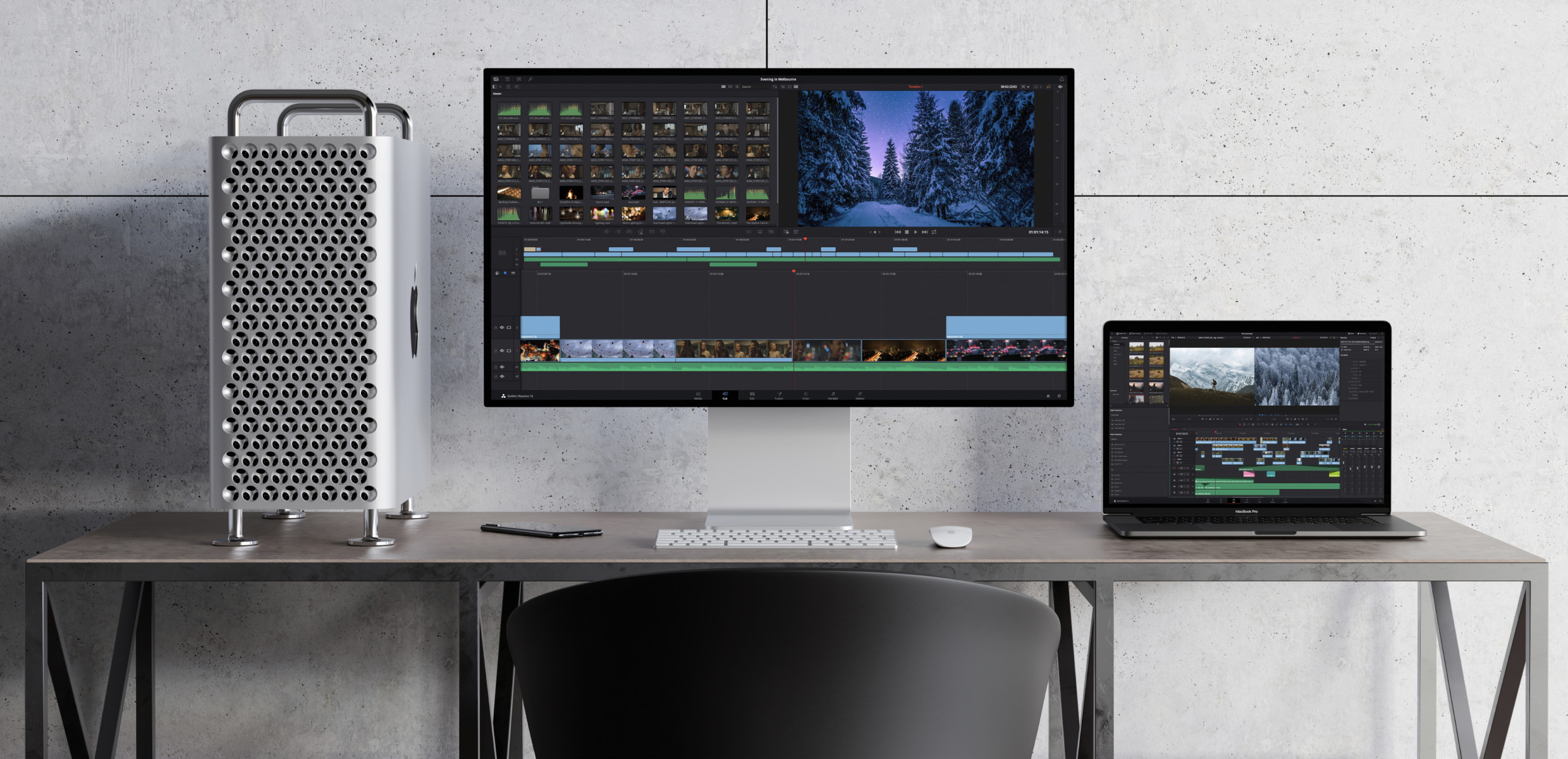

Whenever you adjust any of your parameters-gamma, hue, anything at all-any changes made are stored in a Corrector Node. Corrector: A Corrector is what the beginner is likely to think of first when considering Nodes in a generic sense.This element represents the output image after all is said and done. The Output Image: Finally, the right-most green dot.These are the miniature superhighways that determine what happens to the image and in what order. Links Connecting Every Node: These cables control the flow of Nodes from left to right.

There are other types of Nodes aside from the ones that you use to adjust the grade-some of them act as a checkpoint where several Nodes come together, for example.
Your Corrective Nodes: Each Node exists as a complete layer of color correction, as opposed to representing an individual effect (like a simple adjustment in saturation). Usually, this input will be your source clip. This is the input that all of those to follow will be modifying. The Input Clip: The left-most element in the Nodes panel, a little green dot. There is so much to know about Nodes in Resolve, but the entire system can be boiled down to: Each Node represents a discrete step forward each subsequent operation is applied to the composite linked just before it directly. Instead, the Nodes panel is a graphic representation of all of the elements that make up your grade. Nodes exist in Resolve exclusively-they don't ever leave the application themselves. They're not really layers, and they're not really LUTs, either (although you can create a LUT from a Node if you need to). 
First things first: we should clarify just what exactly a Node is in Resolve.







 0 kommentar(er)
0 kommentar(er)
